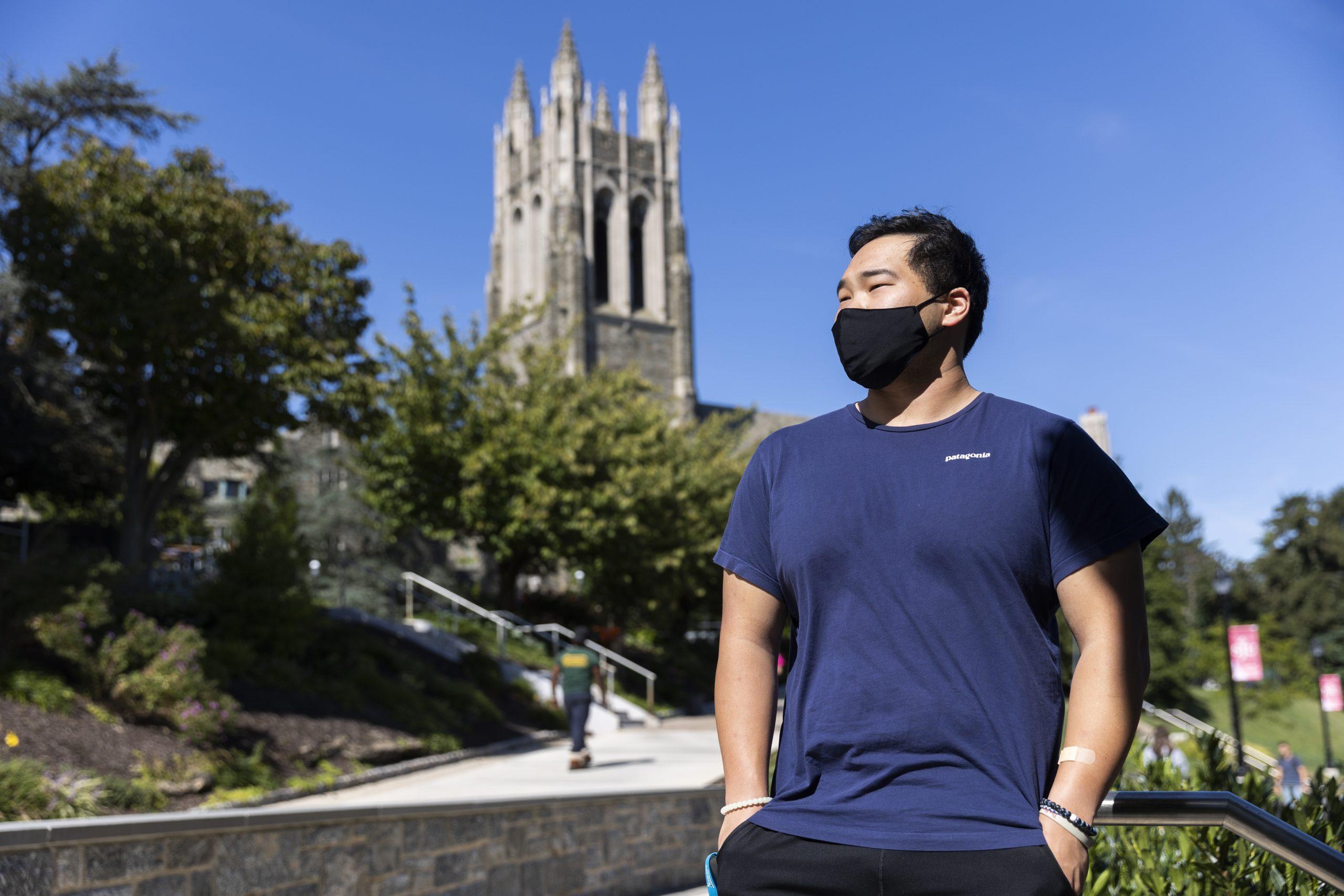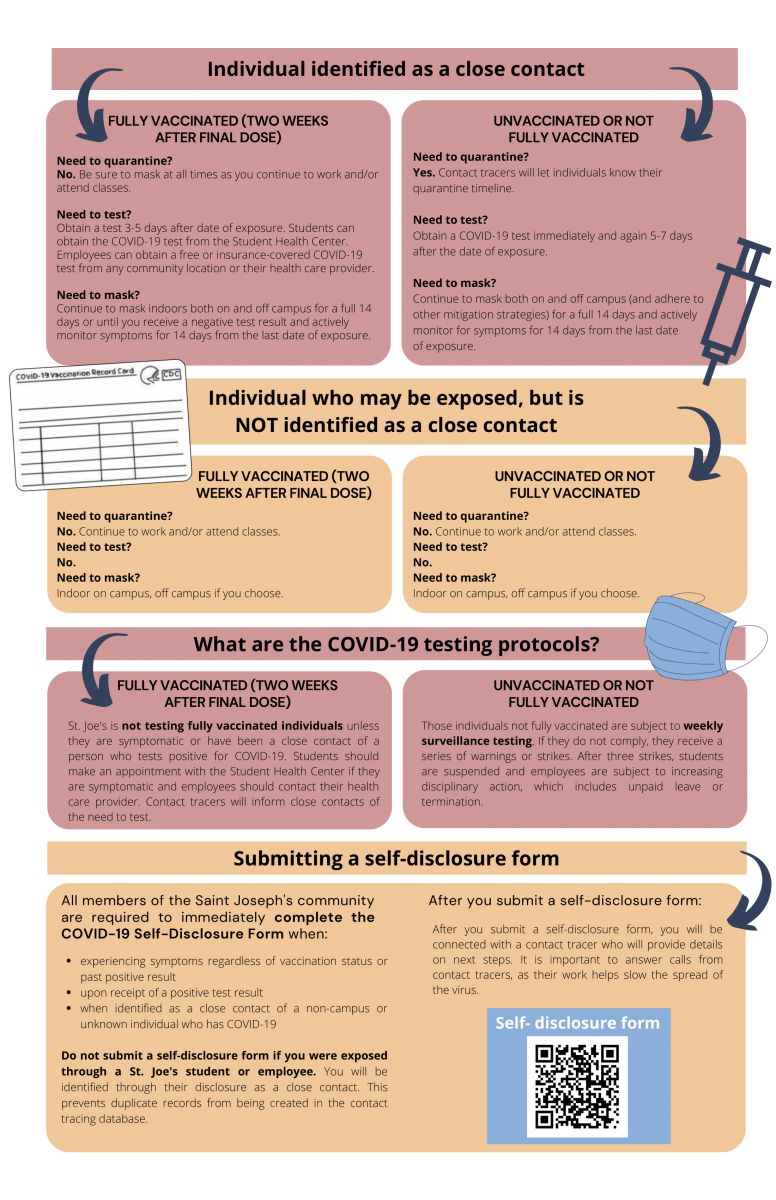How these expectations do not consider the needs of all students
Although Zoom has made it safer and easier to attend classes and meetings during the coronavirus pandemic, students still face many difficulties with remote learning. One of the biggest issues students face is the requirement in many cases to have their cameras and microphones on during class.
Some St. Joe’s professors added Zoom etiquette rules to their syllabi. These rules vary from requiring students to have their cameras turned on, to not allowing students to sit in bed or eat during the lecture. While some professors may not require cameras to be turned on, keeping cameras turned off can negatively impact one’s participation grade. The reasoning for these rules is that the same behavior that is expected in class would be expected online. However, the assumption, real or not, that all students have an “ideal” work-from-home set up and environment is problematic.
We understand the reasoning behind these rules, but the one-size-fits-all approach does not take into consideration the individual context of students on the other side of the screen. Instructors who expect that all their students have their camera turned on do not take into account the different environments and conditions that students live in.
It is not fair to assume that everyone has equal living situations. Some students might not want their physical environment to be visible on camera. This especially applies to students who live in multi-generational homes or who have siblings and other family members at home. Some students may have competing obligations, such as taking care of siblings or parenting responsibilities.
There are also students who have limited access to reliable internet or stable WiFi. The cost of broadband is not affordable for some households. Although some brands such as Comcast offer a lower price for families in lower-income brackets, their services are considerably slower and less reliable. If students cannot afford the bandwidth that supports video streaming, attending class with a camera on isn’t feasible. When students have to spend more time trying to find a space where they can video stream without worrying about disconnecting, they do not have the time, or even the ability, to focus in class and participate.
Students who are facing these issues should be given the same support and resources in their education as other students.
We understand that professors want to interact with students. Teaching into the abyss of empty screens can feel isolating, not to mention difficult in terms of student engagement. While we appreciate the effort to make remote learning as close to an in-person class environment as possible, expecting all students to have their cameras turned on puts an unfair burden on many students.
Some professors have found ways to increase student participation without requiring that cameras be turned on. Many have creatively used the chat, thumbs up and poll features on Zoom, making for active class participation without invading some students’ privacy.
In order for remote learning to be conducive to a positive learning environment for all, the diverse situations of all students must be considered. In a time where we are all making adjustments to less than favorable conditions, allowing students to keep their cameras off can be a small but significant way to make students feel supported and acknowledged.


















































